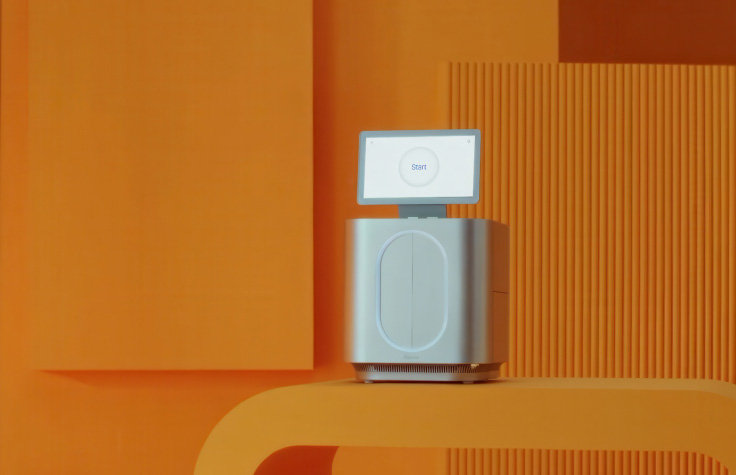I read the page and get to know Paried end reads are most oriented to the NGS, like Illumina aiming to get longer sequencing read.
But (anything gets a but), I received data set from Sanger sequencer. For each read, they have both forward and reverse reads (aka, paried-end).
From what I read, paired reads are basically:
fragment ================================
fragment + adaptors ~~~================================~~~
SE read --------->
PE reads R1---------> <---------R2
unknown gap .........................................
But after alignment, my one looks like in the following img, they have some region in common

Anyone knows why they are quite diff? thx
But (anything gets a but), I received data set from Sanger sequencer. For each read, they have both forward and reverse reads (aka, paried-end).
From what I read, paired reads are basically:
fragment ================================
fragment + adaptors ~~~================================~~~
SE read --------->
PE reads R1---------> <---------R2
unknown gap .........................................
But after alignment, my one looks like in the following img, they have some region in common
Anyone knows why they are quite diff? thx

 What do you think?
What do you think?

Comment